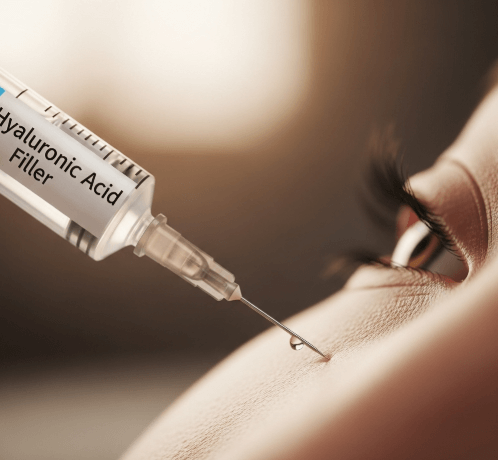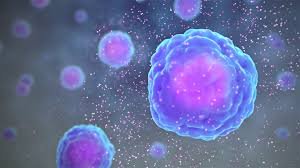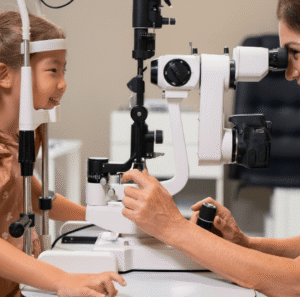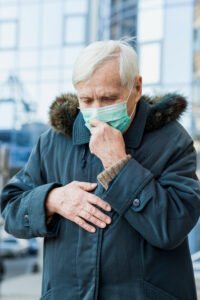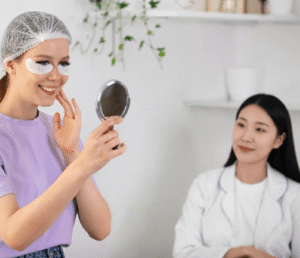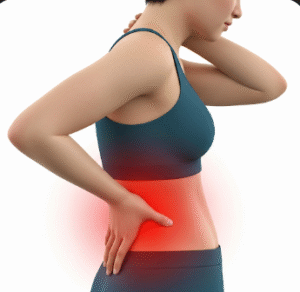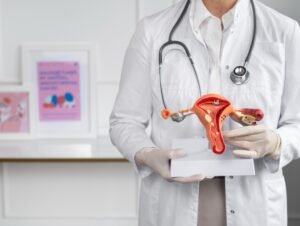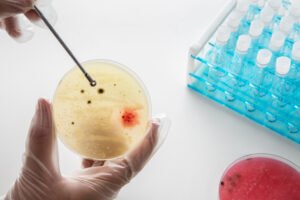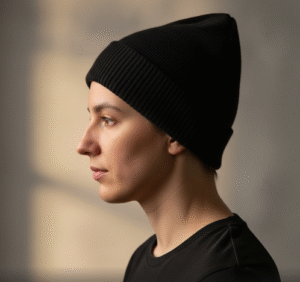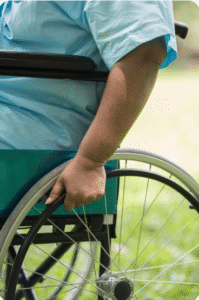🟢 What it is
A Hyaluronic Acid (HA) filler in Korea is an injectable treatment that uses a gel-like substance made of hyaluronic acid to restore lost facial volume, reduce wrinkles, and enhance features. Hyaluronic acid is a naturally occurring substance in the body that attracts and holds water, keeping the skin plump and hydrated.
Unlike permanent fillers, HA fillers are biodegradable and reversible, meaning the body gradually absorbs them over time. If needed, they can also be dissolved with an enzyme called hyaluronidase.
In Korea, HA fillers are especially popular because they:
- Hydrate and plump the skin.
- Provide natural-looking results.
- Can be customized for different areas of the face (thin filler for lips, firmer filler for jawline or nose).
- Have minimal downtime, making them ideal for busy patients and medical tourists.
🟢 Why it’s Done
Korean dermatologists and plastic surgeons frequently use HA fillers for both aesthetic enhancement and anti-aging rejuvenation.
➡️ Facial contouring: Creates sharper jawlines, higher nose bridges, and more balanced profiles.
➡️ Lip enhancement: Adds volume and definition to achieve the subtle “K-beauty lip trend” (not overfilled, but naturally plump).
➡️ Wrinkle reduction: Smooths nasolabial folds, marionette lines, and forehead wrinkles.
➡️ Under-eye rejuvenation: Treats tear troughs and hollowness, reducing the appearance of dark circles.
➡️ Cheek and chin augmentation: Restores youthful fullness and balances proportions.
➡️ Skin hydration: Certain HA fillers also act as skin boosters, giving a glowing, dewy finish.
Korea is known for its refined filler techniques that emphasize natural harmony and balance instead of exaggerated volume.
🟢 Alternatives
While HA fillers are among the safest and most versatile, alternatives exist for different needs:
🔹 Calcium Hydroxylapatite (CaHA): Provides structure and stimulates collagen (e.g., Radiesse).
🔹 Poly-L-lactic Acid (PLLA): Gradually builds collagen (e.g., Sculptra).
🔹 Autologous Fat Grafting: Uses the patient’s fat for longer-lasting results.
🔹 Thread Lifts: Lifts sagging areas without adding volume.
🔹 Laser & Ultrasound (HIFU, Thermage): For tightening skin rather than filling volume.
🔹 Skin Boosters (Rejuran, Profhilo): Improve skin quality without much volumizing effect.
🟢 Preparation
Before getting an HA filler in Korea, patients usually undergo a detailed consultation. Preparation steps include:
➡️ Facial assessment: Korean clinics often use 3D imaging or AI-based face scanners to design a tailored treatment plan.
➡️ Medical disclosure: Inform doctors about medications, allergies, pregnancy, or autoimmune conditions.
➡️ Avoiding blood thinners: Stop aspirin, ibuprofen, vitamin E, fish oil, and alcohol for 3–5 days.
➡️ Skin care adjustment: Discontinue strong exfoliants, retinoids, or chemical peels a few days before.
➡️ Cold sore prevention: Antiviral medication may be prescribed for patients with herpes simplex history (common when treating lips).
🟢 How it’s Done
The procedure is quick and precise, typically taking 20–40 minutes.
- Cleansing and sterilization of the face.
- Numbing: Most HA fillers in Korea already contain lidocaine, but numbing cream may be used.
- Injection technique:
- Needle injections for small areas (lips, wrinkles).
- Cannula method (blunt-tipped needle) for larger areas like jawline, nose, or cheeks to reduce bruising.
- Shaping and molding: The doctor gently adjusts the filler for symmetry and natural flow.
- Cooling or soothing mask: Common in Korea to reduce swelling right after injection.
🟢 Recovery
Recovery from HA fillers is usually minimal:
🔹 Downtime: Most people resume daily activities immediately.
🔹 Swelling & redness: Subside within 24–72 hours.
🔹 Bruising: Can last up to a week but is often mild.
🔹 Results: Visible instantly, but final settling takes 1–2 weeks.
✅ Post-care in Korea includes:
- Avoiding alcohol, sauna, and strenuous workouts for 1–2 days.
- Not massaging or pressing the treated area (unless advised).
- Using ice packs for swelling.
- Applying sunscreen diligently to protect the skin.
Many Korean patients maintain results with touch-ups every 6–12 months, depending on the filler type.
🟢 Complications
Although HA fillers are considered very safe, potential issues include:
⚠️ Mild side effects:
- Temporary redness, swelling, or bruising.
- Slight asymmetry (usually corrected in follow-up).
⚠️ Rare but serious risks:
- Vascular occlusion: Blockage of a blood vessel, leading to skin necrosis or vision issues.
- Infection: If sterile technique is not followed.
- Granulomas or lumps: Rare but possible if filler clumps under the skin.
➡️ Korean clinics are highly trained in avoiding these risks and keep hyaluronidase on hand to dissolve filler in case of emergency.
🟢 Treatment Options in Korea
Korea has an extensive range of HA fillers, many developed domestically and exported worldwide.
🔹 Popular Korean Filler Brands:
- Revolax, Yvoire, Replengen, Neuramis, Elravie, Dermalax – valued for safety and natural texture.
- Premium global brands: Restylane, Juvederm, Teosyal (also widely used).
🔹 Areas commonly treated with HA fillers in Korea:
- Nose bridge (non-surgical rhinoplasty).
- Chin (to create a V-line effect).
- Jawline contouring.
- Cheeks (youthful fullness).
- Tear troughs (under-eye hollowness).
- Lips (subtle volume & shape enhancement).
- Forehead & temples (smooths flat areas).
🔹 Trendy Korean Techniques:
- “Baby face filler” – adds soft volume to cheeks for a youthful look.
- “Line correction filler” – targets nasolabial folds and marionette lines.
- “Small-dose technique” – minimal filler for maximum effect, ensuring a natural finish.
🔹 Cost in Korea:
- Small areas (under-eyes, lips): $200–$400.
- Nose, chin, or cheek augmentation: $400–$700.
- Full-face contouring packages: $1,000–$2,000 depending on filler brand and amount.
🟢 Final Thoughts
Hyaluronic Acid Fillers in Korea are the cornerstone of non-surgical beauty treatments, offering hydration, contouring, and anti-aging benefits with minimal downtime.
➡️ They are ideal for anyone seeking natural enhancement rather than dramatic change.
➡️ With Korea’s advanced products, precise injection methods, and competitive costs, HA fillers attract both locals and international patients.
In summary: Hyaluronic Acid Fillers in Korea are a safe, customizable, and highly effective solution for those who want to refresh their appearance while keeping results subtle and natural.

